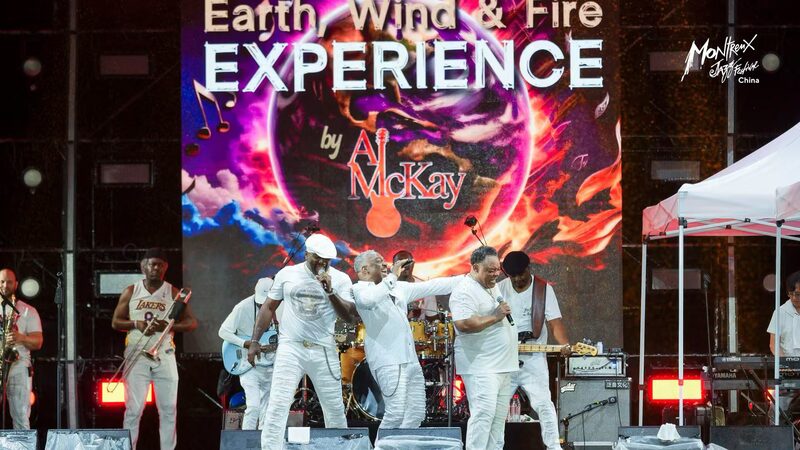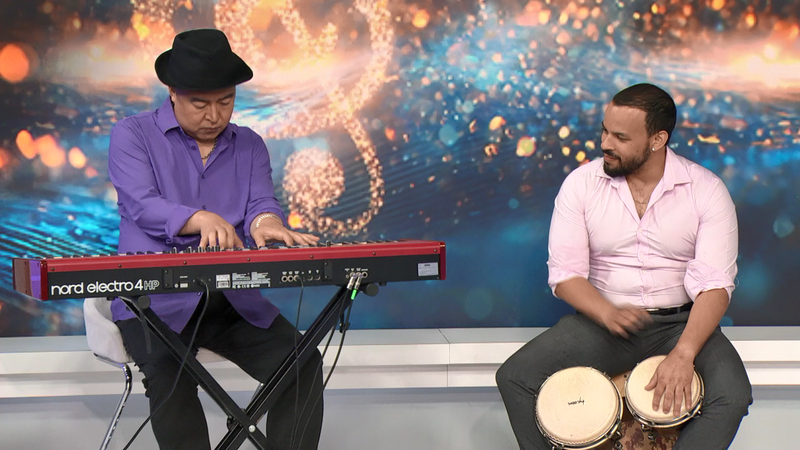As night falls across China’s urban centers, a new cultural phenomenon pulses through dimly lit basements and repurposed industrial spaces. The livehouse scene – intimate venues blending live music, social connection, and artistic experimentation – has become the heartbeat of China’s youth culture in 2025.
From Underground to Mainstream
What began as niche spaces for jazz enthusiasts and indie rock bands has evolved into a $2.3 billion industry this year, with Shanghai alone hosting over 400 registered livehouses. These venues now serve as hybrid spaces where tech workers unwind beside art students, while experimental electronic musicians share bills with traditional guzheng players.
Economic Catalyst
Investors are taking note of the sector’s 18% year-on-year growth. "We’re seeing livehouses drive nighttime economies in second-tier cities like Chengdu and Xiamen," says Li Wei, a Shenzhen-based entertainment analyst. The trend has created 120,000 new jobs in event production, sound engineering, and venue management since January 2025.
Cultural Crossroads
At Beijing’s iconic Blue Note, manager Zhang Yixing observes: "Our weekly fusion nights – where Mongolian throat singing meets AI-generated visuals – consistently sell out. It’s not just entertainment; it’s where China’s cultural future gets written."
As authorities implement new urban cultural policies, these spaces continue redefining what it means to go out in modern China – one chord progression at a time.
Reference(s):
The beat of the city: Inside China's booming Livehouse scene
cgtn.com







